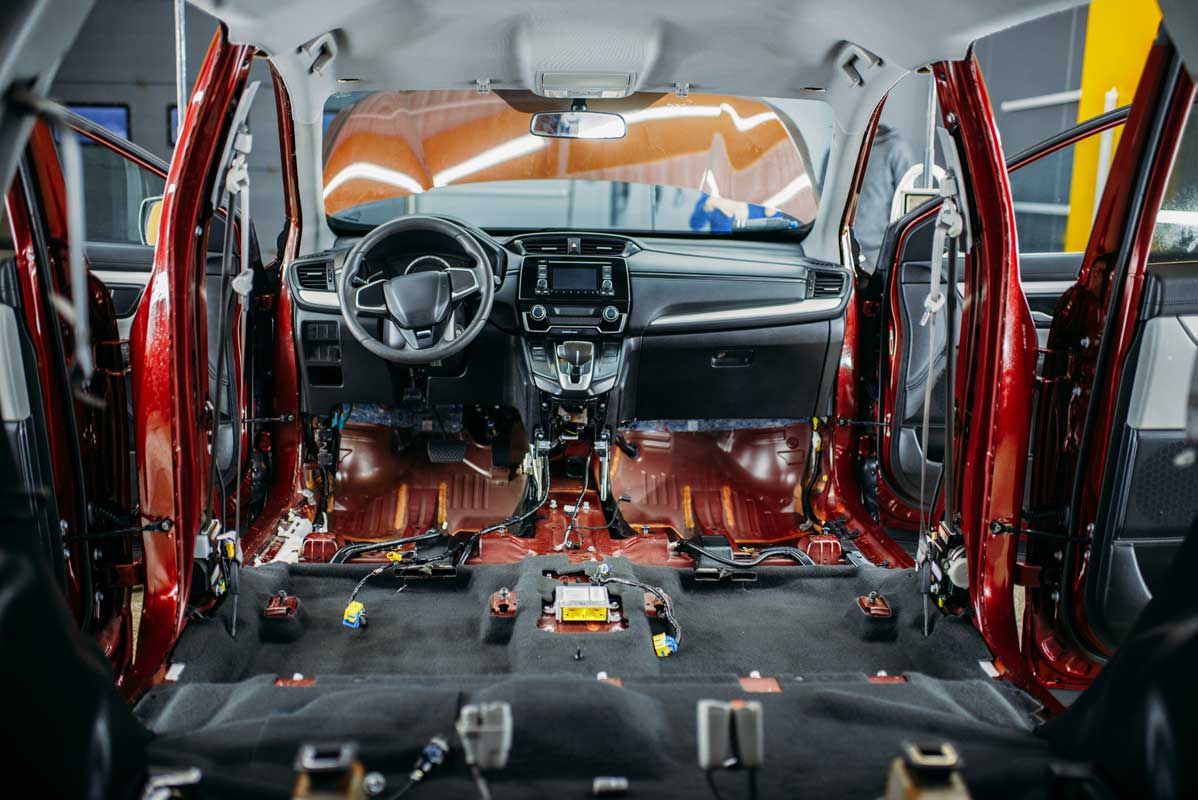In the realm of automotive repairs, particularly collision repair, the debate between using OEM (Original Equipment Manufacturer) parts and aftermarket parts is one that has persisted among car owners, insurance companies, and repair shops. This article delves into the intricacies of OEM vs. Aftermarket Parts for Collision Repair, providing insights into their differences, advantages, disadvantages, and what car owners should consider before making a decision. Understanding the distinctions between these options is crucial for anyone looking to restore their vehicle to its pre-collision condition.
| Topic | Key Points |
|---|---|
| OEM Parts | – Original manufacturer parts – Generally higher cost – Guaranteed fit and quality |
| Aftermarket Parts | – Produced by third-party companies – More cost-effective – Variable quality |
| Considerations | – Cost – Quality – Insurance coverage – Vehicle warranty implications |
| Decision Making | – Assessing the pros and cons – Personal preferences – Consultation with professionals |
With an understanding of the debate’s landscape, we now transition into a detailed examination of OEM parts, their benefits, and why they might be the preferred option for your vehicle’s collision repair.
OEM Parts: A Closer Look
OEM parts are manufactured by the vehicle’s original manufacturer, ensuring a perfect match and function for your vehicle. These parts are designed with the exact specifications of your vehicle in mind, which means they offer a guarantee of quality and performance that aftermarket parts may not always match. However, this assurance comes at a cost, often making OEM parts more expensive than their aftermarket counterparts.
One of the main advantages of OEM parts is the simplicity in selection; there’s no need to compare quality across different brands or worry about the part fitting correctly. Moreover, using OEM parts for repairs often means that the vehicle’s warranty remains intact, a significant consideration for newer cars still under the manufacturer’s warranty. Additionally, many car owners find peace of mind in knowing that their vehicle is being restored with parts that meet the manufacturer’s safety and performance standards.
- Guaranteed compatibility and fit
- Higher quality and reliability
- Maintains vehicle warranty
- Peace of mind for safety and performance
Transitioning from the known quality and compatibility of OEM parts, the next section of our discussion shifts towards aftermarket parts. These alternatives offer their own set of advantages, including cost-effectiveness and variety, but come with considerations that every car owner should weigh carefully.
Aftermarket Parts: Exploring the Alternatives
Aftermarket parts are produced by companies other than the original vehicle manufacturer. They are often less expensive than OEM parts, making them an attractive option for those looking to repair their vehicles at a lower cost. The variety available in the aftermarket can also be a significant advantage, offering more options for customization and potentially faster availability than OEM parts.
However, the variability in quality among aftermarket parts is a crucial consideration. While many aftermarket parts match or even exceed the quality of OEM parts, this is not always the case. It’s essential for car owners to research and select reputable brands to avoid inferior-quality parts that could compromise the vehicle’s performance or safety.
Furthermore, the use of aftermarket parts may affect the vehicle’s warranty or the outcome of an insurance claim, making it important to consult with insurance providers and read the warranty terms before deciding.
- Cost-effective alternatives to OEM parts
- Wide variety and availability
- Potential variability in quality
- Considerations for warranty and insurance
As we delve deeper into the nuances of choosing between OEM and aftermarket parts, it becomes clear that the decision is influenced by various factors, including cost, quality, warranty considerations, and personal preference.
Making an Informed Decision
When deciding between OEM and aftermarket parts for collision repair, car owners must balance cost considerations with the need for quality and reliability. Consulting with a professional at a reputable body shop near you can provide valuable insights and recommendations based on your specific situation and vehicle needs. The choice often comes down to personal preference, budget constraints, and the importance of maintaining a vehicle’s warranty or resale value.
- Consider the long-term impact on vehicle performance and value
- Evaluate the cost versus the benefit of OEM vs. aftermarket parts
- Consult with professionals for personalized advice
Before making a final decision, it’s wise to consider all factors carefully, ensuring that the chosen parts meet your needs and expectations for the repair.
Did You Know?
The insurance industry generally views aftermarket parts as being of comparable quality to OEM parts, with companies like State Farm citing studies by the Insurance Institute for Highway Safety (IIHS) that found aftermarket parts to perform as well as OEM versions in crash tests. Despite this, there have been legal challenges and concerns raised regarding the quality and safety of aftermarket parts compared to OEM parts, highlighting the ongoing debate and need for careful consideration when selecting parts for collision repair.
Final Thoughts
The debate between OEM vs. Aftermarket Parts for Collision Repair encompasses various aspects, including cost, quality, warranty implications, and personal preference. Understanding the benefits and limitations of each option allows car owners to make informed decisions that best suit their needs and ensure their vehicle’s optimal performance and safety post-repair.
For those who prioritize quality and warranty assurance, OEM parts may be the preferred choice, despite their higher cost. Conversely, aftermarket parts offer a cost-effective solution with a broader selection, appealing to those on a tighter budget or seeking specific customization options.
Now What?
If you’re navigating the decision-making process of OEM vs. aftermarket parts for your vehicle’s collision repair and have further questions, don’t hesitate to contact Downtown Collision. Our team is dedicated to providing expert advice and support, helping you make the best choice for your vehicle’s repair needs.

